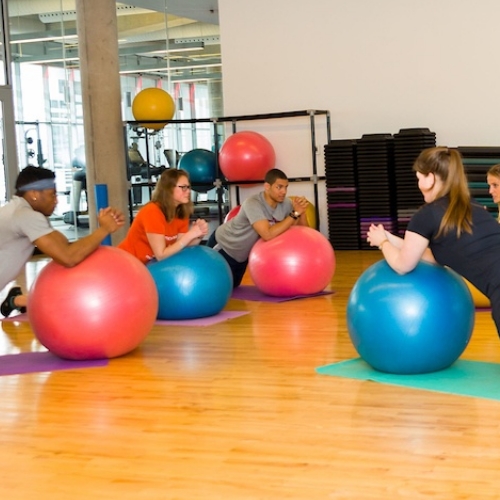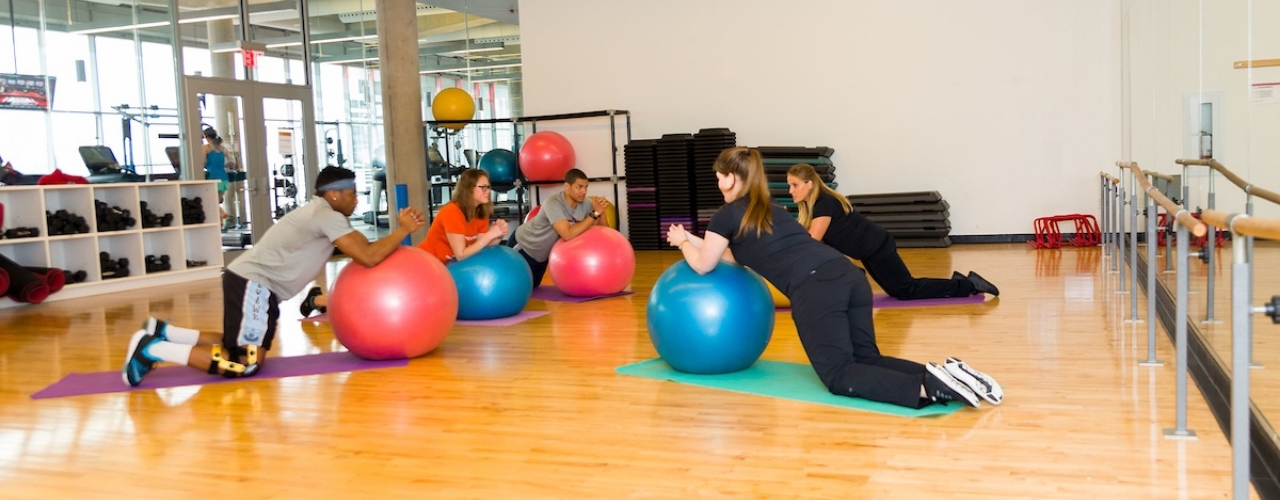
Therapeutic exercise can help you restore your mobility and function!
Have you noticed you don’t seem as mobile as you once were, and now it’s preventing you from fully experiencing life? Are you looking for an effective, reliable solution? Therapeutic exercise is the solution and much more!
A therapeutic exercise is a specialized treatment used by our Sports Medicine Experts physiotherapists to correct physical impairments, restore muscular and skeletal function and maintain or improve your health and well-being.
We choose therapeutic exercises based on your personal needs to ensure optimal results.
How will therapeutic exercise in Dundas & Ancaster, ON benefit me?
Many people believe that all they need to do if they are in pain or have an injury is take a few days (weeks) and rest. Unfortunately, this approach often leads to a longer recovery and may make you more susceptible to worsening your condition or another injury on top of the first.
Rest is an ineffective and sometimes dangerous approach to dealing with the pain of injury. The longer you rest, the more your muscles weaken and become more tense and restricted. Avoiding activity can also impair your overall function and delay your ability to react and respond to daily challenges.
The good news is that therapeutic exercise at our Dundas & Ancaster, ON physiotherapy center can help you recover faster and improve your overall function and fitness. Our physiotherapists specialize in movement and designing therapeutic exercise programs to improve your strength, range of motion, and overall body function.
Sports Medicine Experts’s goal is to assist you in living a pain-free life with improved physical performance and health!
Let us create a customized recovery plan for you to hasten your recovery and achieve peak levels of function.
Typical therapeutic exercise programs
Your recovery plan will include a variety of therapeutic exercises tailored to your specific condition and requirements. Therapeutic exercises are chosen based on your specific needs. The goal of each activity is to address any impairment you may have (i.e., pain, range of motion deficit, weakness, loss of balance, or cardiovascular deficits).
You might see the following exercises:
Range of motion exercises (passive, active assisted and active):
These exercises are designed to increase the range of motion in your joints and improve the mobility and flexibility of your soft tissues.
This can be accomplished through active, passive, or assisted stretching.
Active
An active stretch does not involve the application of an outside force or assistance of any kind. For example, a forward bend in standing to stretch your hamstrings.
Active assisted
A stretch performed where you help yourself (or are helped) to move a limb into a stretched position. For example, while lying on your back, use a strap to help lift your leg to feel a stretch in your hamstring.
Passive
A stretch performed to you where you do nothing to help. Typically performed by your physiotherapists or loved one at home.
These are intended to assist your joints and muscles move more freely and painlessly.
Progressive resistive exercises (aka strengthening exercises)
These exercises are common in physiotherapy and are designed to initiate the recovery of muscles following an injury or surgery. These exercises are used to strengthen our muscles safely and effectively.
The progression of strength starts with the ability to move against gravity and progresses to include heavy lifting, like Olympic weightlifting techniques. Essentially any form of resistance (i.e., bands, dumbbells, barbells, machines, or other weights).
Progressions may also include changing gravity’s influence (i.e., lying vs. standing), speed, repetitions, or sets. The bottom line is to continue progressing by adding some challenges to the exercise.
Balance training
Balance is your ability to distribute your weight evenly and maintain upright and steady in a static position (i.e., sitting, standing, kneeling, etc.) or while moving (i.e., transferring positions, walking, running, etc.).
You test your nervous and musculoskeletal systems every time you do any activity. Whether it is to get up, walk, stand still, brush your teeth, or prepare a meal, maintaining your balance is essential to performing these tasks. If you lose your balance, you lose control over your body and run the risk of injuring yourself.
Balance exercises are critical to your well-being, especially after an injury or illness, and a significant component of your overall ability to function.
Aerobic conditioning
Aerobic means “with oxygen.” Breathing controls the amount of oxygen that can make it to the muscles to help them burn fuel and move. Aerobic exercise is any type of cardiovascular conditioning or “cardio” workout. Aerobic conditioning exercises are designed to increase your heart rate and increase the oxygen in your blood to allow us to keep exercising.
Therapeutic exercises that help improve your aerobic condition can be any exercise that gets your heart rate up and sustains it. The most common aerobic exercises include activities like:
• Brisk walking
• Hiking
• Running
• Swimming
• Cycling
• Fitness classes (i.e., step aerobics, Zumba, circuit training)
• HIIT (i.e., high-intensity interval training)
• Rock climbing
• Cross country skiing
Aerobic exercise is a therapeutic exercise of low to high intensity that depends primarily on the individual’s needs and tolerance to exercise. Our physiotherapists will design the right type of aerobic exercise that meets your needs.
With therapeutic exercise, you can say goodbye to your limitations!
Are you ready to live a life of less pain and improved function? At Sports Medicine Experts in Dundas & Ancaster, ON, our physiotherapists will design highly effective programs using therapeutic exercise to help you achieve your physical goals!
It’s time to start living the life you want– contact us today!

